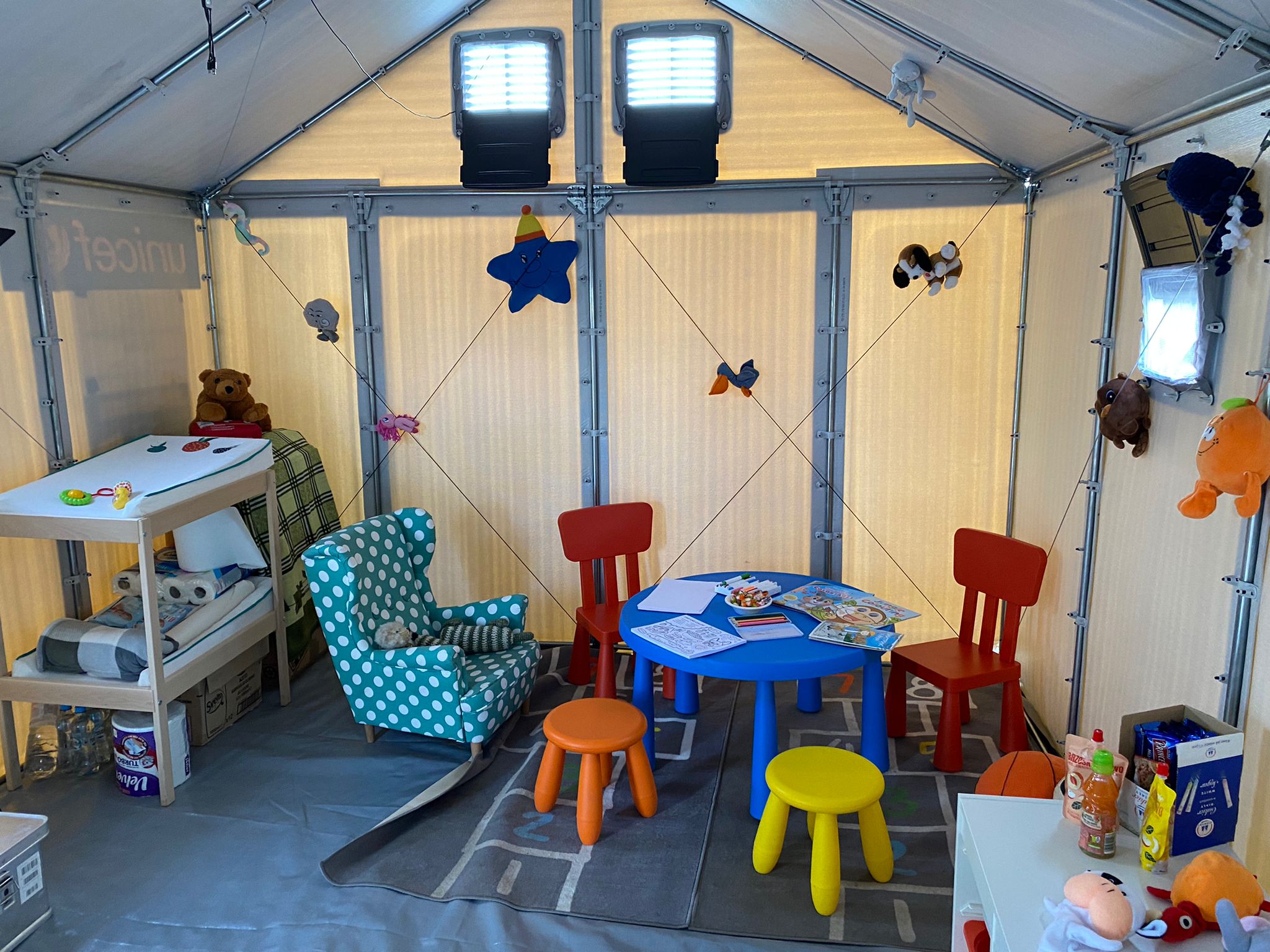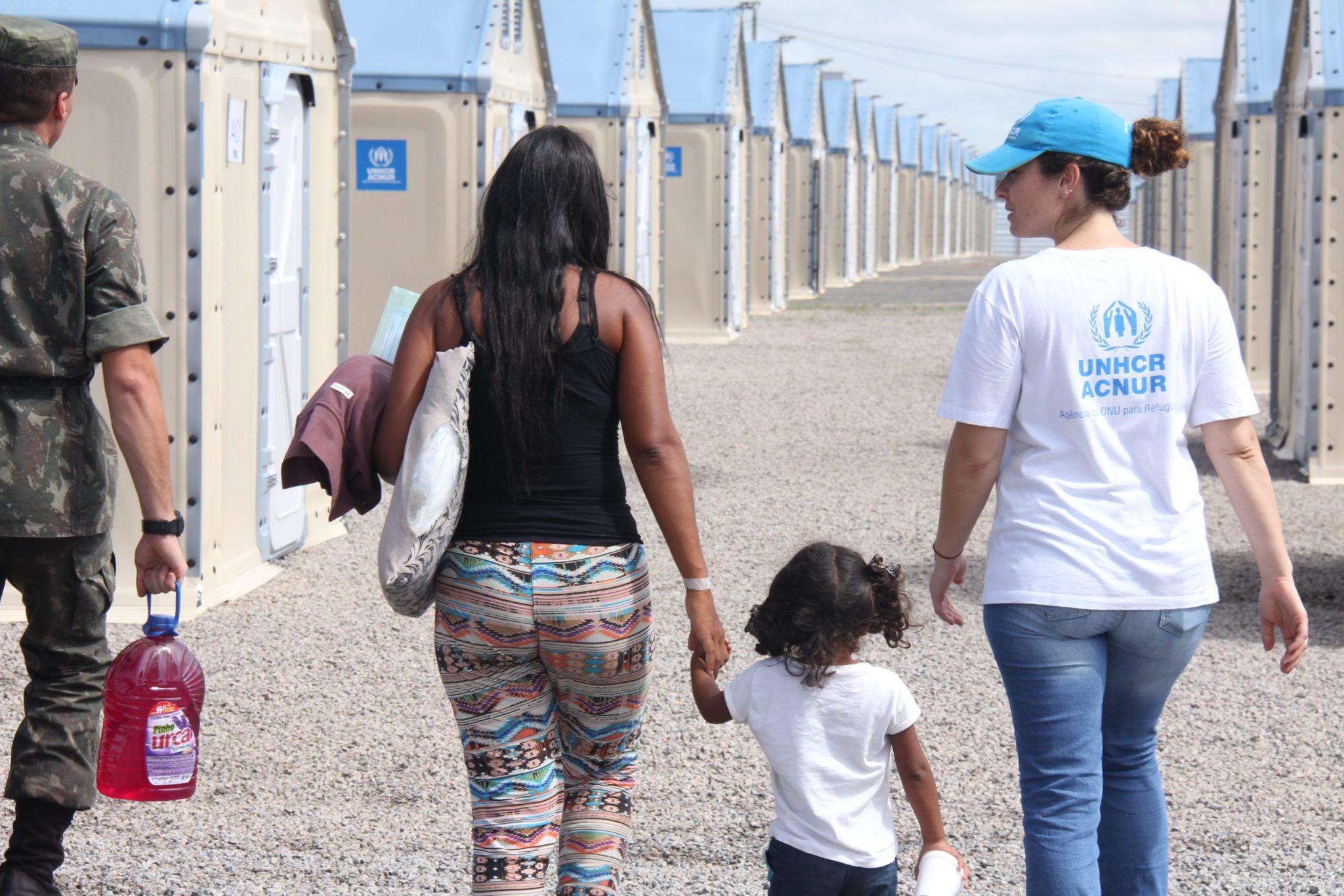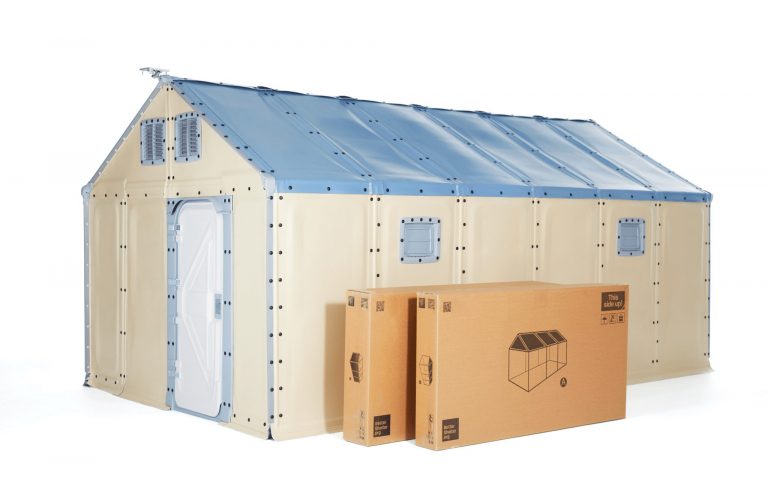Blue Dots RHUs helping to ensure essential services are provided to Ukrainian refugees at Polish border

Medyka is a town located in the southeast of Poland, next to the Ukrainian border. The Gmina Medyka commune is modest in size, with a population of less than 7,000 residents, but has taken in a large share of Ukrainian refugees, which totalled over 6 million by May 2022.
While small in population, the Medyka town residents have shown overwhelming support to the arriving Ukrainian refugees. The Polish southeast is known to be one of the less prosperous regions of Poland, but recent EU investments have afforded upgrading projects, such as a gymnasium which served as the main multipurpose reception centre in the early months of the war in Ukraine.
However, the disproportionate number of Ukrainian refugees has put a strain on the distribution of services and infrastructure capacity, despite Medyka largely being a transit location as refugees continue to move to larger cities across Poland. In an article published by UNICEF, a Coordinator at the Medyka transit centre remarked on the notable trend of children arriving in need of psychosocial support,
“Many children who arrive hide under blankets or beds, still fearing that bombs will drop…it takes time for them to feel safe and start to play again…”
Medyka transit centre Coordinator, UNHCR
Implementing their response to the border crisis, UNHCR and UNICEF installed two RHUs at the Medyka reception centre, both of which serve as Blue Dots hubs for protection offices and child-friendly spaces. Arriving Ukrainians receive meals, accommodation, vital care, among other NFIs, as well as consultations on migration status and psychosocial counselling. Managed by both UNHCR and UNICEF, there has been particular attention provided to the protection and well-being of children by equipping the RHUs with child-friendly furniture and play items.
Read more about UNHCR’s response in Medyka, Poland here.
What are Blue dots?
Blue dots are safe space hubs implemented in collaboration between UNHCR, UNICEF and other partners to provide practical support for the most vulnerable people in their transit journey. Blue dots offer the refugees who require extra care, including unaccompanied children, women with children, victims of SGBV and people with disabilities, much-needed access to critical information and specialised support services.
In ongoing coordination with national governments and local municipalities, Blue dots are set up most often at border crossings and areas of high refugee flow.
Read more about the Blue Dots hubs here.



